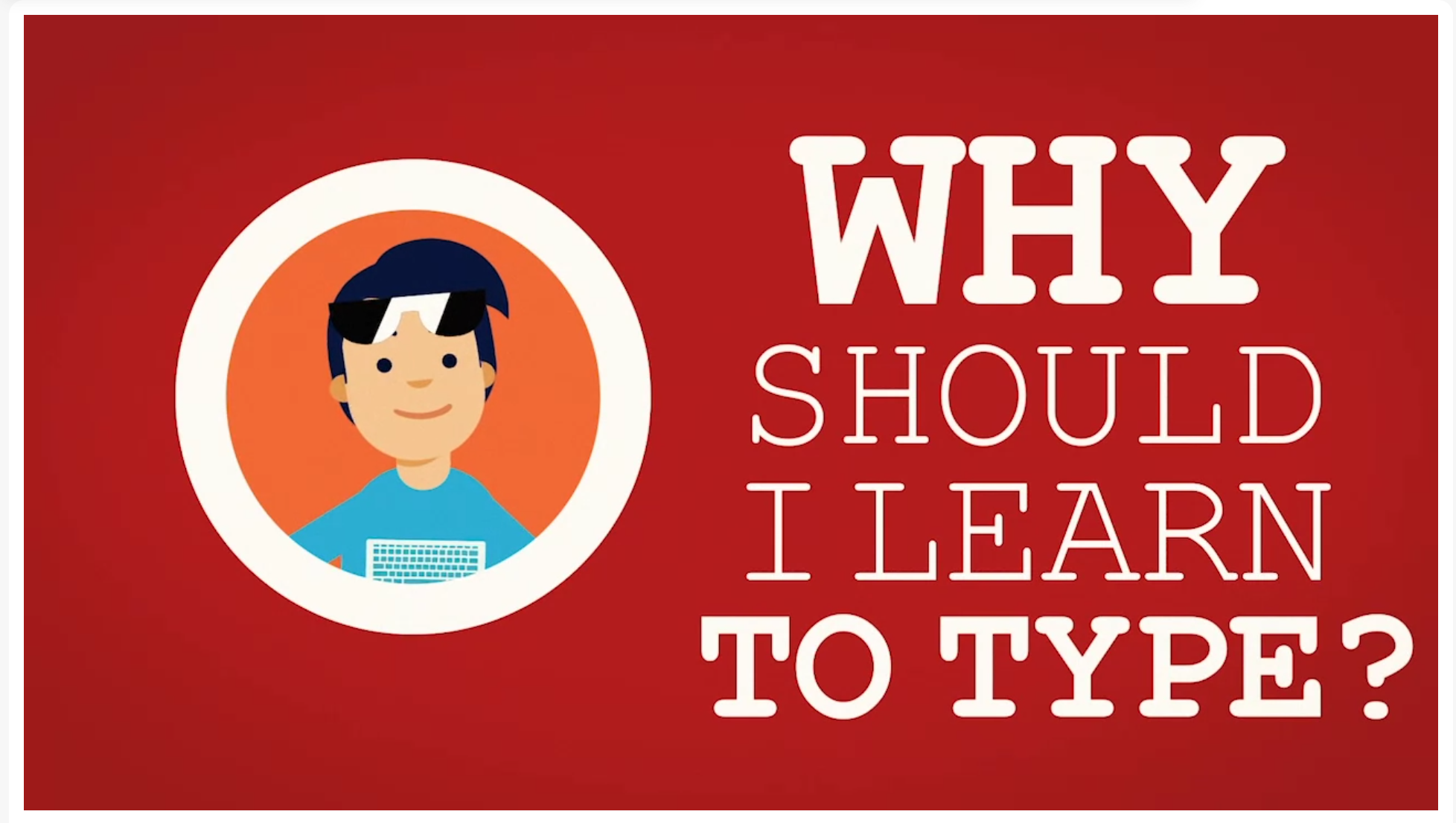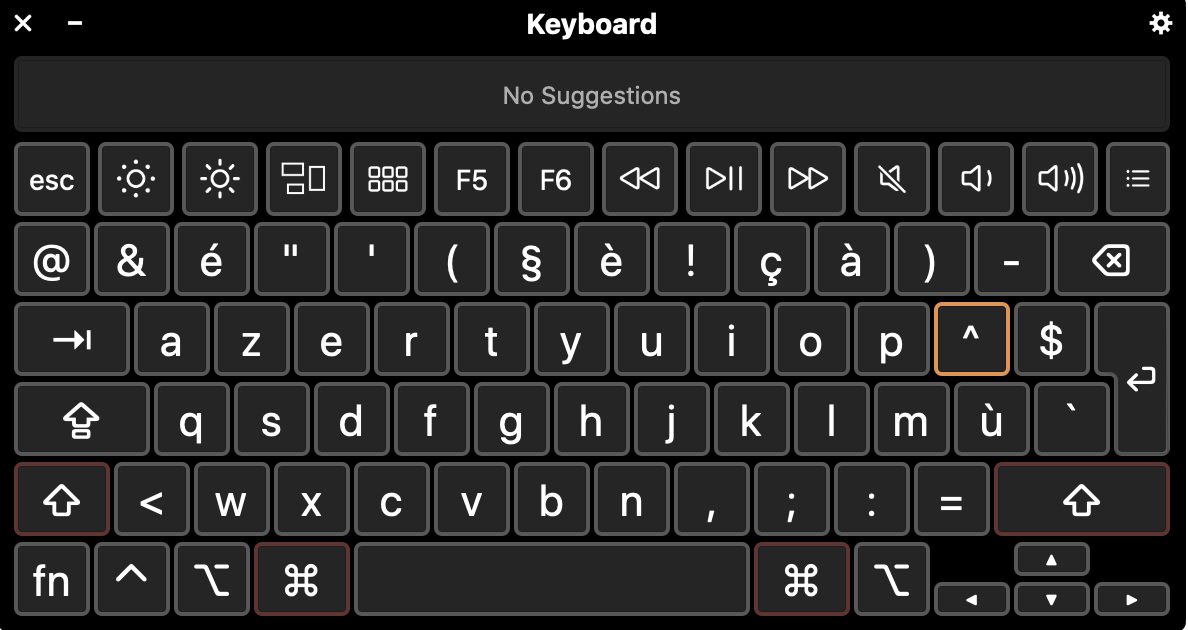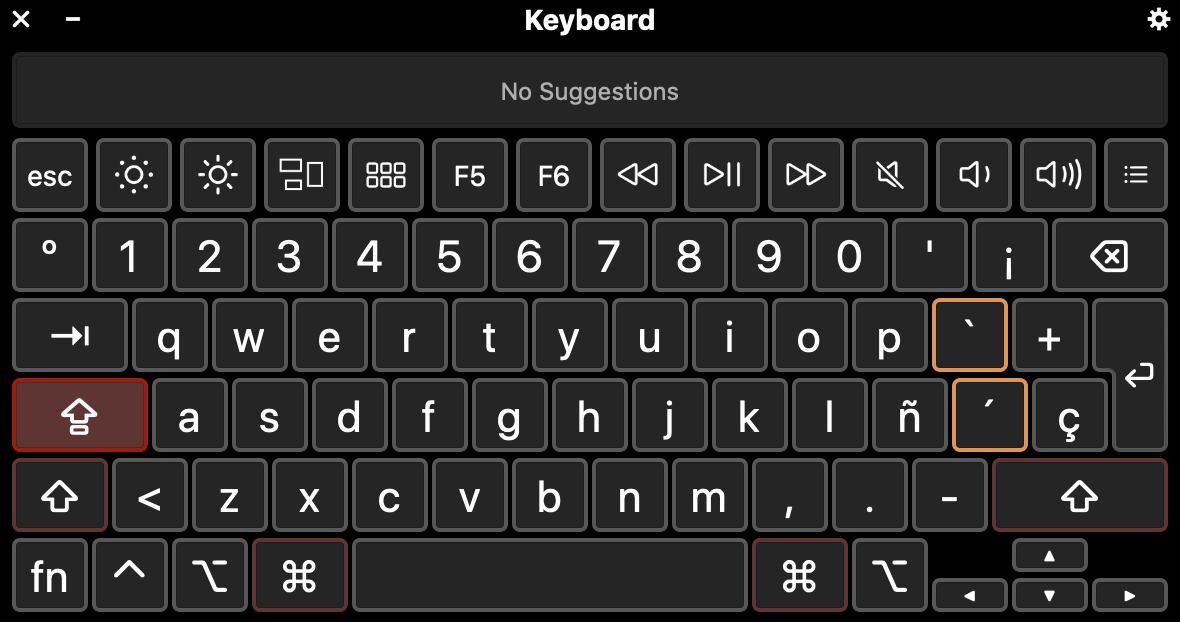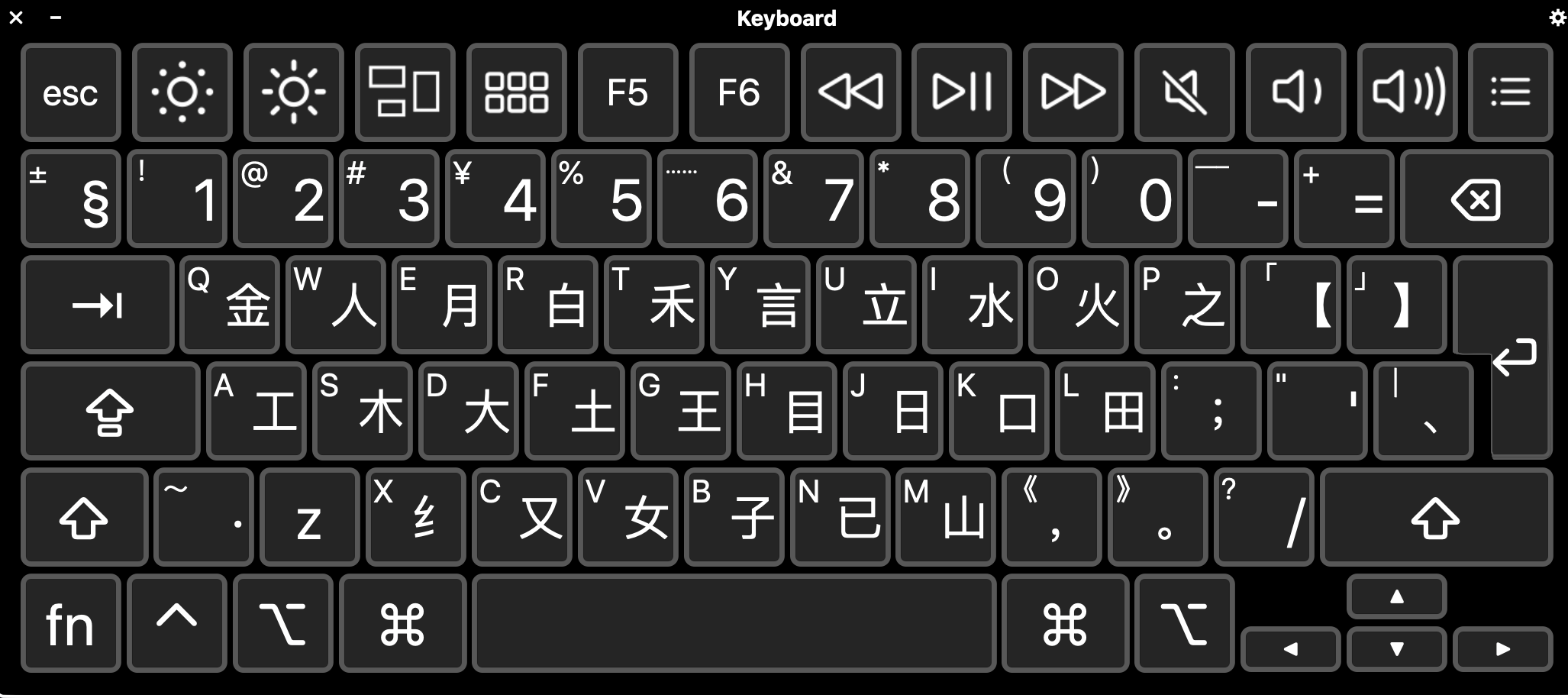Learn to touch type

Learning to type online: typing.com
Touch typing involves using all of your fingers to enter text via the keyboard: it is as simple as that. Computer keyboards have what are termed home keys: there are slight raised edges on the F and J keys to enable you to position your hands in the right position for touch typing.
Typing is relevant to almost all aspects of your work: searching a library catalogue, using a word-processor to write an essay, communicating via social media, exploring the internet all involve using the keyboard. The ability to touch type will greatly facilitate all of these and other kinds of activity, online and offline.
Advantages of touch typing
Touch typing makes an immediate and practical difference in several ways:
- you can write and compose more rapidly and more accurately using the keyboard
- you can view the screen rather than they keyboard while you type, which helps concentration and flow as you write
- it also makes it easier to edit your work as you progress
- touch typing is less tiring and less likely to be harmful to your hands and wrists
- the ability to touch type may be useful to you in your future work as well as your studies
Tools for touch typing
There are many online tools that allow you to learn and to practice your typing. One of these is typing.com.

Home keys: learning to type online
Using sites like this or dedicated applications, it is possible to make rapid progress.
Keyboards and languages
The predominant keyboard layout in use today is QWERTY, which is dedicated to typing in English. When typewriters were in use, different layouts existed for different languages: these were designed with letter frequencies in mind and with the need for special characters. Thus, the traditional French keyboard is known as AZERTY.

French keyboard layout
As you can see, there are dedicated keys for accented characters.

Spanish keyboard layout
A Spanish keyboard follows the QWERTY layout, but with dedicated keys for accented characters and puncuation marks.
It is possible, but always not very convenient, to learn to use more than one keyboard. Alternatively, you can learn to use specific techniques on a Windows or Mac or other computer to enter special characters.

Wubi Xing keyboard
On the other hand, a dedicated keyboard can make it more practicable to enter text in a distinct script, like Simplified Chinese.